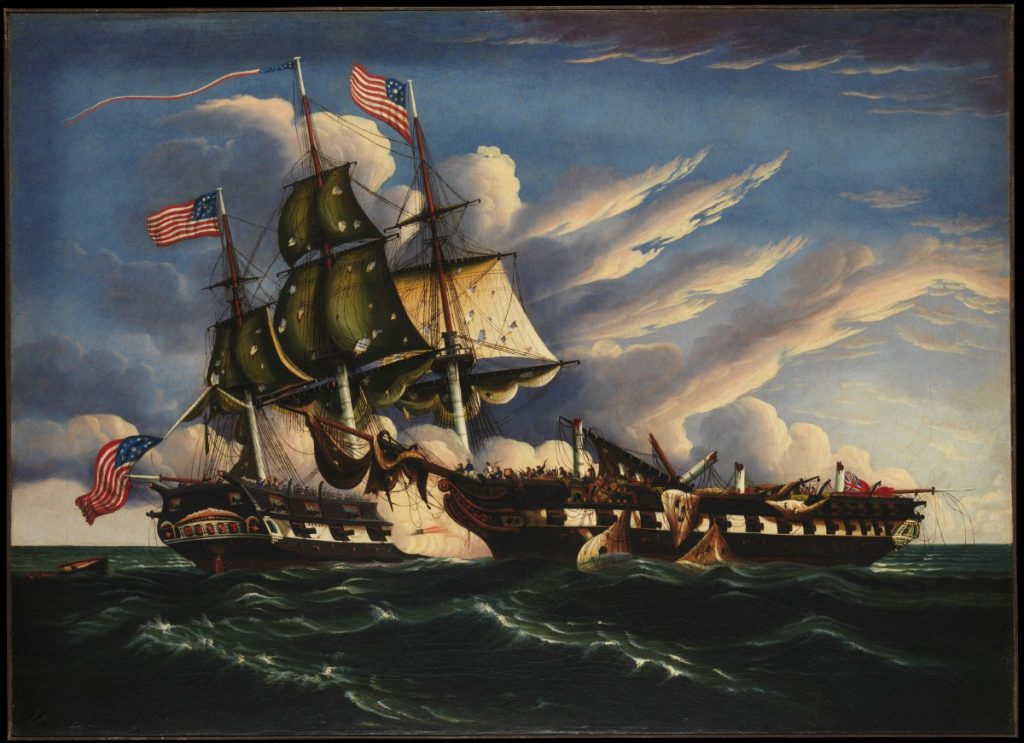
The USS Constitution, perhaps better known by its famous nickname “Old Ironsides,” is a wooden-hulled, three-masted heavy frigate of the United States Navy named by President George Washington after the Constitution, the very document enumerating the values which the newly-formed Navy was commissioned to defend. 1 Authorized by the Naval Act of 1794, and therefore one of the six original frigates authorized for construction by the United States of America, Old Ironsides was the third constructed and was subsequently launched in 1797. Constitution and her five counterparts are distinct from the standard frigates constructed during this time period, however, due to their standing as the infant United States Navy’s capital ships. Such ships, as evidenced by the design of Constitution and her five original counterparts, are generally a navy’s most essential ships due to their larger size relative to the rest of the fleet which they are commissioned to lead. Designer John Humphreys, recognizing the need to develop ships that evidenced the power, courage, and destructive capability of a young Navy under global scrutiny and potentially vulnerable to attack, created frigates that were larger and more heavily armed than the common model of the time. Constitution herself was constructed in the North End of Boston at Edmund Hartt’s shipyard before originally being commissioned to provide protection to American merchant ships during the period of tension with France that arose following the achievement of American independence. She was also responsible for combatting the Barbary pirates in the First Barbary War.2
Old Ironsides’ greatest military fame, however, comes from her actions during the War of 1812, which pitted the young democracy against its former monarchical master, the United Kingdom. Constitution was successful during this period in capturing a multitude of merchant ships as well as defeating five British warships: the HMS Guerriere, Java, Pictou, Cyane, and Levant.4 The battle with Guerriere is especially significant in that her victory earned Constitution the nickname “Old Ironsides” as well as the public reverence and adulation that has saved her from a death sentence in the scrapyard on a number of occasions.5 During the battle with the famed Guerriere, which took place on August 19, 1812 at a distance of 750 miles off the coast of Massachusetts, Constitution unloaded her entire twenty-two cannon arsenal directly into her adversary at point blank range. While the British Guerriere simultaneously fired her own twenty-two cannon blast from no more than 50 yards away, such an onslaught failed to harm Constitution as Guerriere’s cannon balls glanced lamely off the former’s weathered oak sides. This demonstration of such remarkable strength prompted one of the Constitution’s crewmen to shout, “Huzza, her sides are made of iron!” thereby endowing the famed ship with her iconic nickname.6 Following her enormous successes during the War of 1812, Constitution remained a stalwart in the US Navy, serving as a flagship in the Mediterranean and African squadrons before going on to circle the entire world in the 1840s. In her last true act as a military instrument, Old Ironsides operated as a training ship for the United States Naval Academy during the Civil War. Her role as a beloved servant to her country did not cease there as the ship went on to carry American artwork and industrial displays to the famed Paris Exposition of 1878.
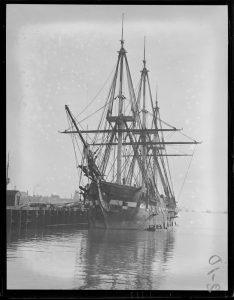
Photograph of Old Ironsides in Boston Harbor following a renovation in 1930, Boston Public Library7
Retired from active service in 1881 and designated a “museum ship” in 1907, Constitution today rests as the world’s oldest commissioned naval vessel still afloat. In honor of her 200th birthday in 1997 and in commemoration of the 200th anniversary of her victory over Guerriere in 2012, Constitution has twice since sailed under her own power.8
Though far from fit for active service as either a military or merchant vessel today, Old Ironsides remains a fully commissioned Navy ship with a crew of 60 officers and sailors responsible for promoting understanding of the Navy’s role in war and peace through educational outreach, historical demonstration, and active participation in public events as part of the Naval History & Heritage Command.9
– Trevor Schmitt ’18
Footnotes
[1] “History.” USS Constitution Museum. Accessed January 23, 2018. https://ussconstitutionmuseum.org/.
[2] Reider, Bruce. “Old Ironsides.” The American Journal of Sports Medicine 37, no. 3 (March 1, 2009): 461-62. doi:10.1177/0363546509332621.
[3] “Home.” USS Constitution Museum. Accessed January 23, 2018. https://ussconstitutionmuseum.org/.
[4] “Short History of the War of 1812.” Accessed February 02, 2018. https://ussconstitutionmuseum.org/history/essays/.
[5] Daniel P. Murphy, “America’s First Crisis: The War of 1812.” The Journal of American Culture 39, no. 2 (2016): 237.
[6] “‘Old Ironsides’ Earns its Name, 1812.” Accessed January 23, 2018. http://www.eyewitnesstohistory.com/oldironsides.htm.
[7] Leslie Jones, USS Constitution, 1930. Boston Public Library, Boston. Accessed February 1, 2018. https://ark.digitalcommonwealth.org/ark:/50959/5q47rq845
[8] “USS Constitution Museum; New Acquisitions at the USS Constitution Museum.” Science Letter, May 27, 2008.
[9]Ibid.
Additional Links
https://ussconstitutionmuseum.org/history/
http://www.navy.mil/ah_online/constitution/
A comprehensive look inside recent renovations to the ship as well as information on its current state, purpose, and crew (includes videos).
https://www.history.navy.mil/research/histories/ship-histories/danfs/c/constitution.html
Suggested sources from Naval History and Heritage Command: https://www.history.navy.mil/research/histories/ship-histories/danfs/c/constitution/constitution-bibliography.html
Online links from Naval History and Heritage Command: https://www.history.navy.mil/research/histories/ship-histories/danfs/c/constitution/constitution-links.html
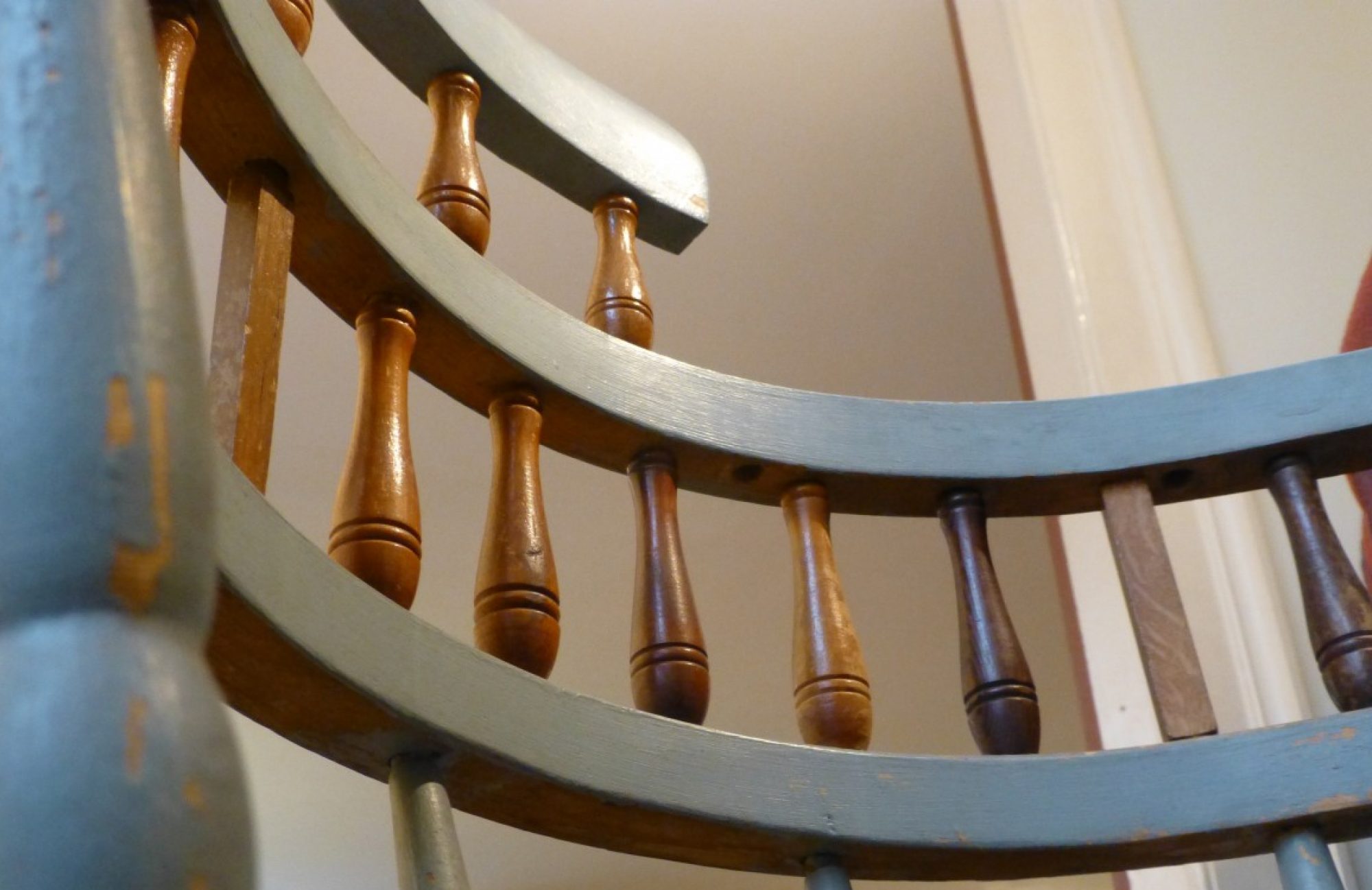
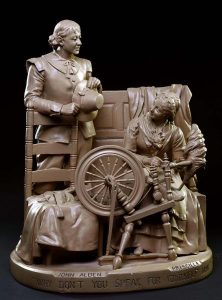
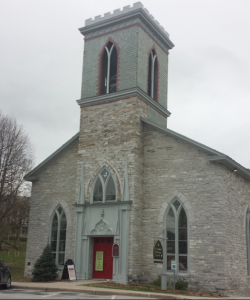
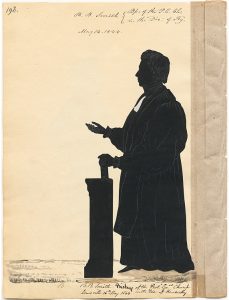

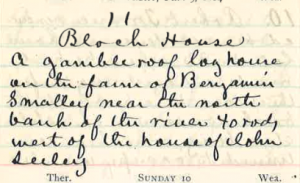
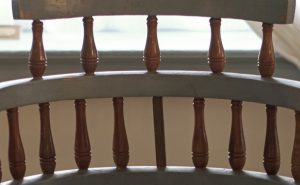
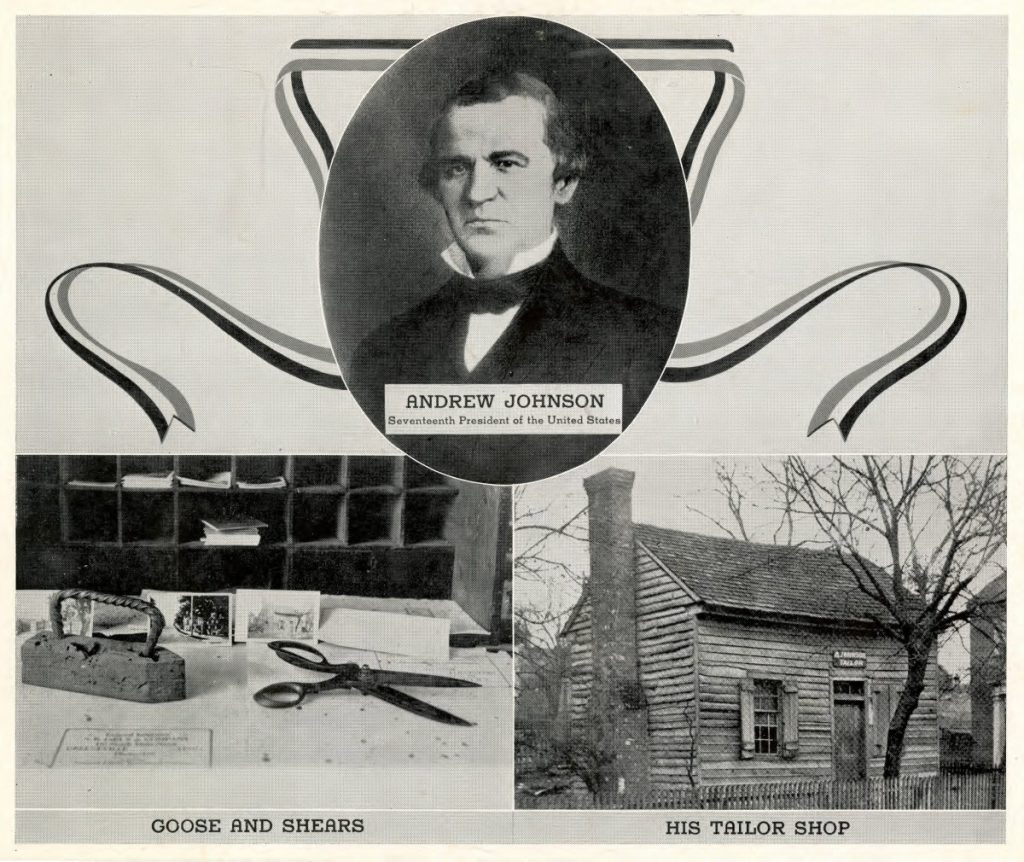
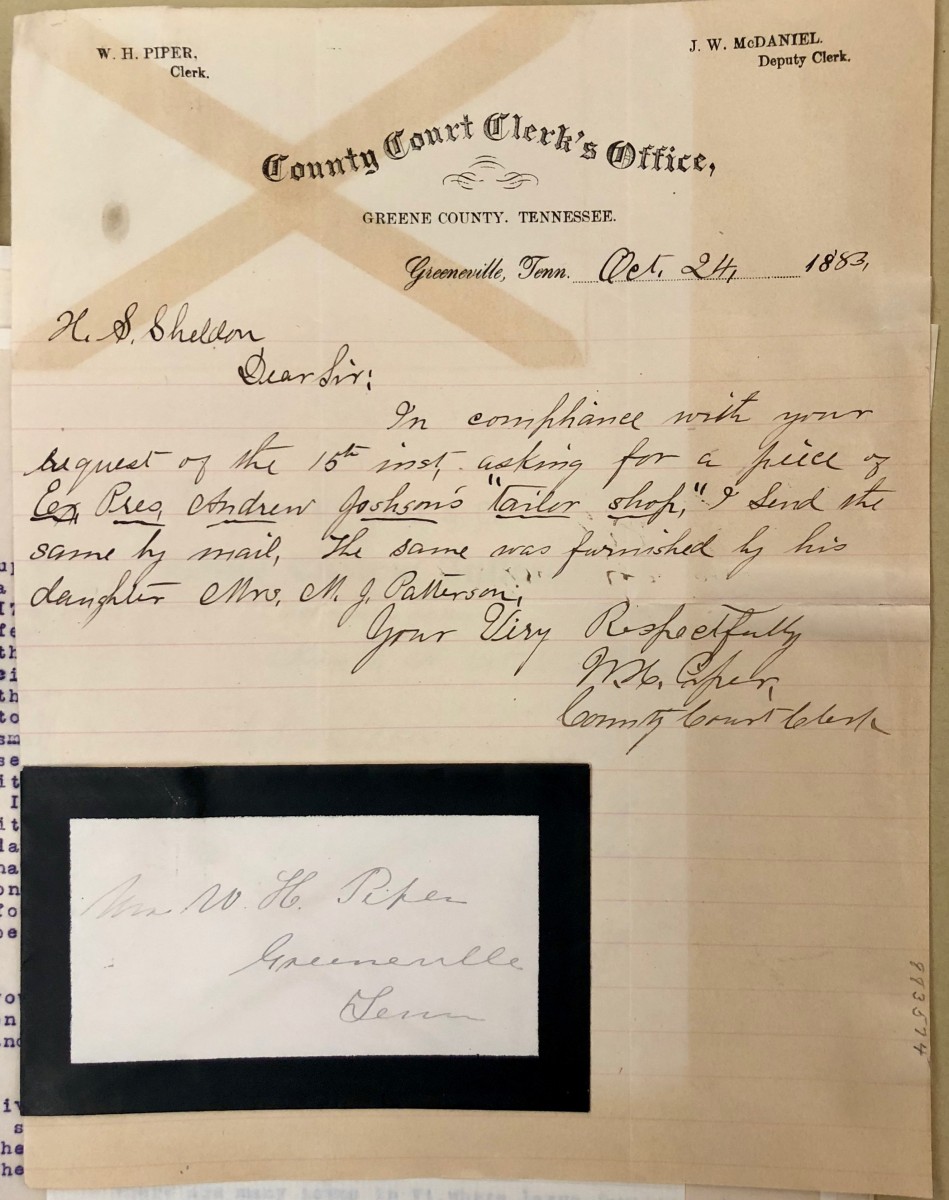
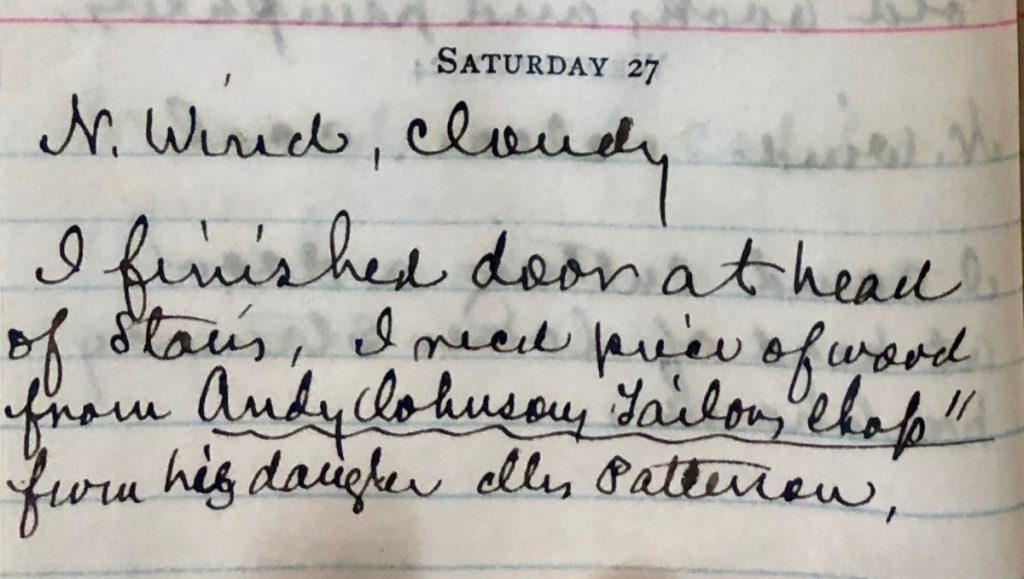

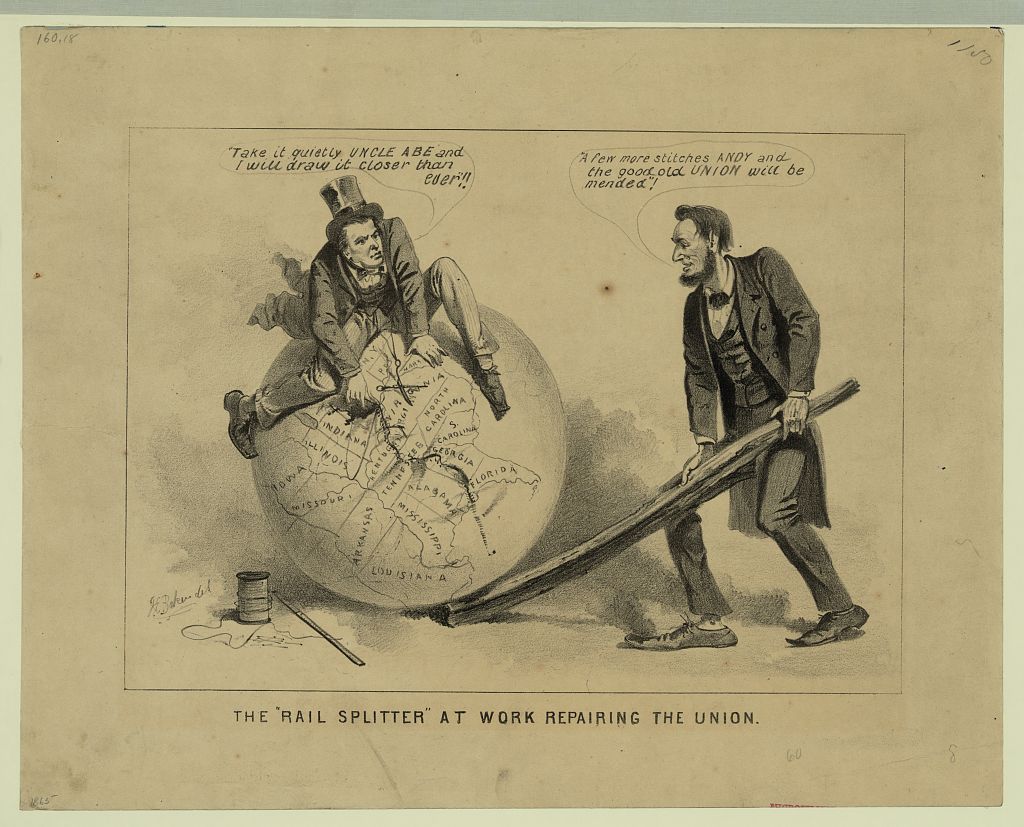
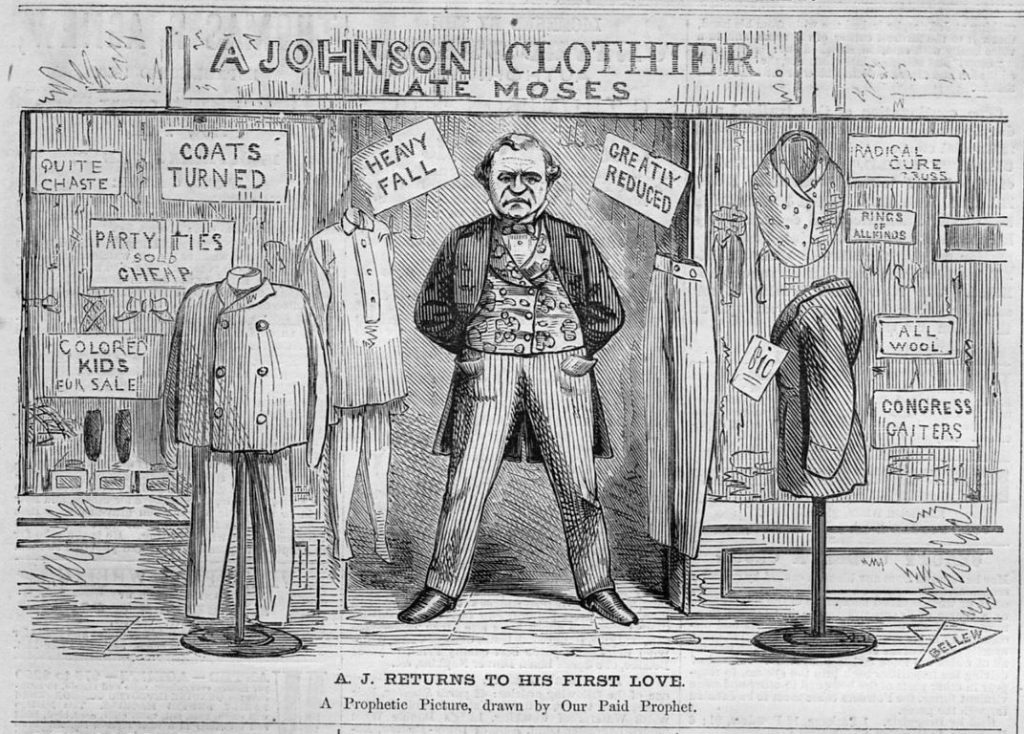
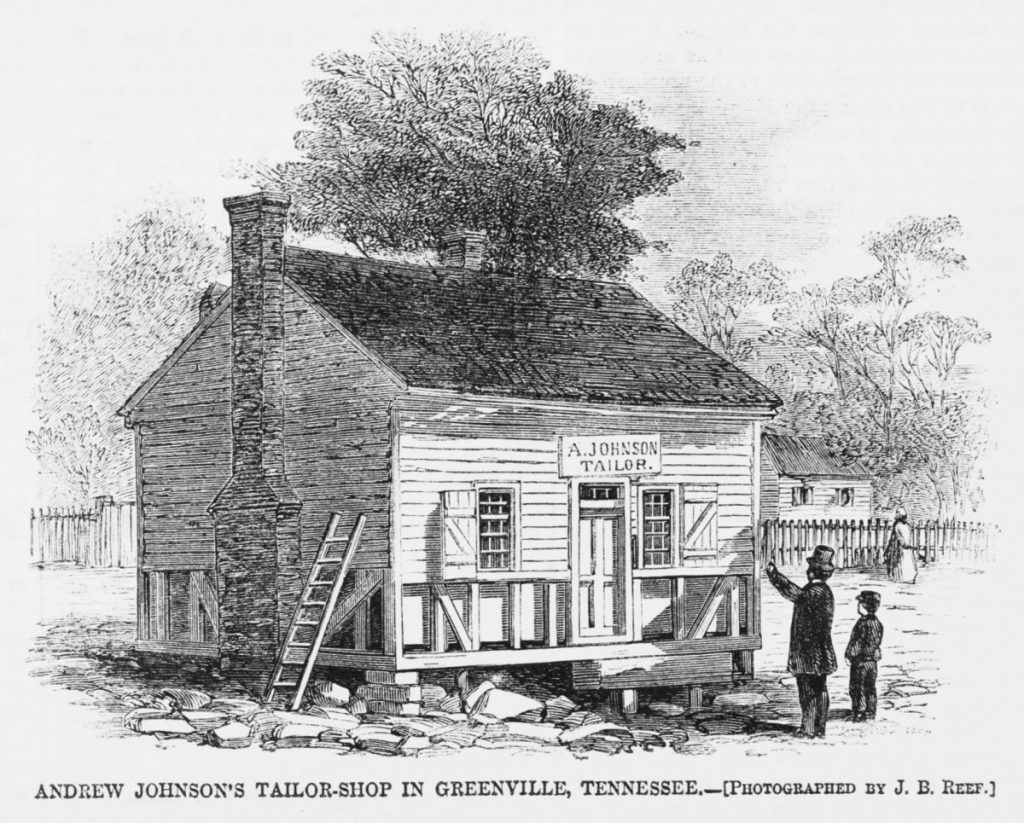
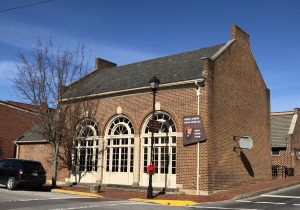
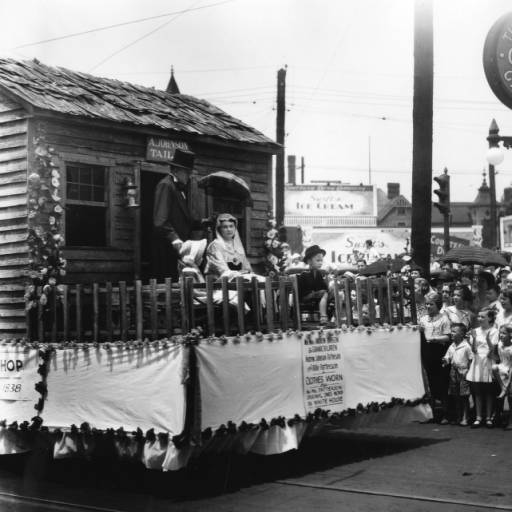

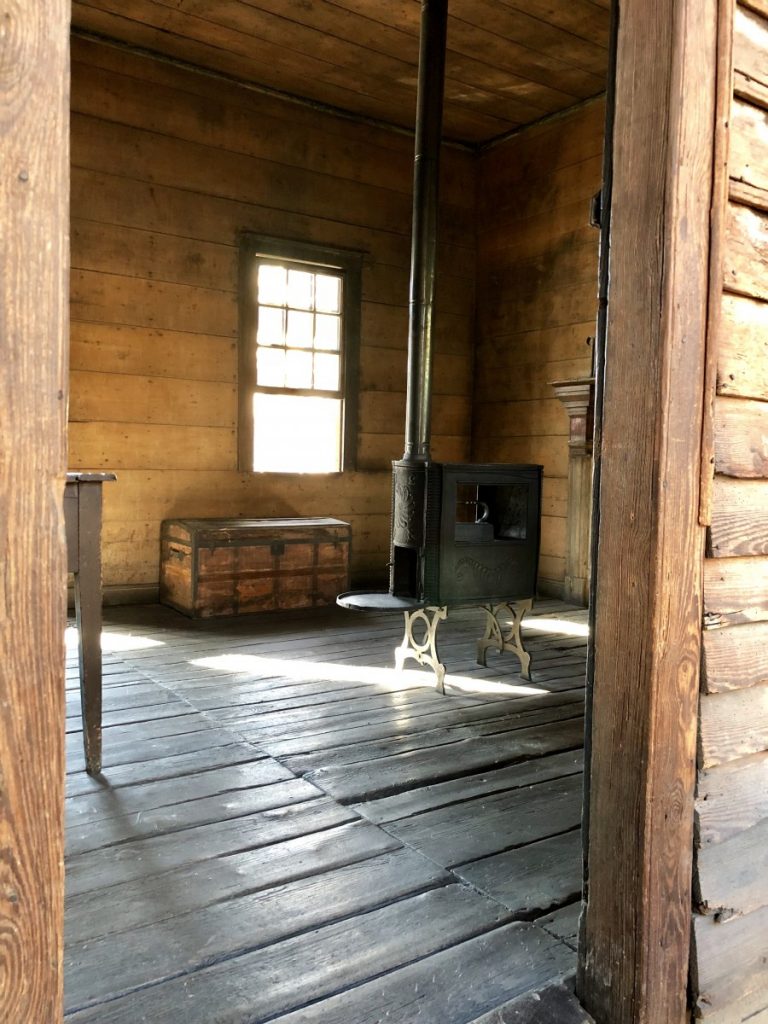
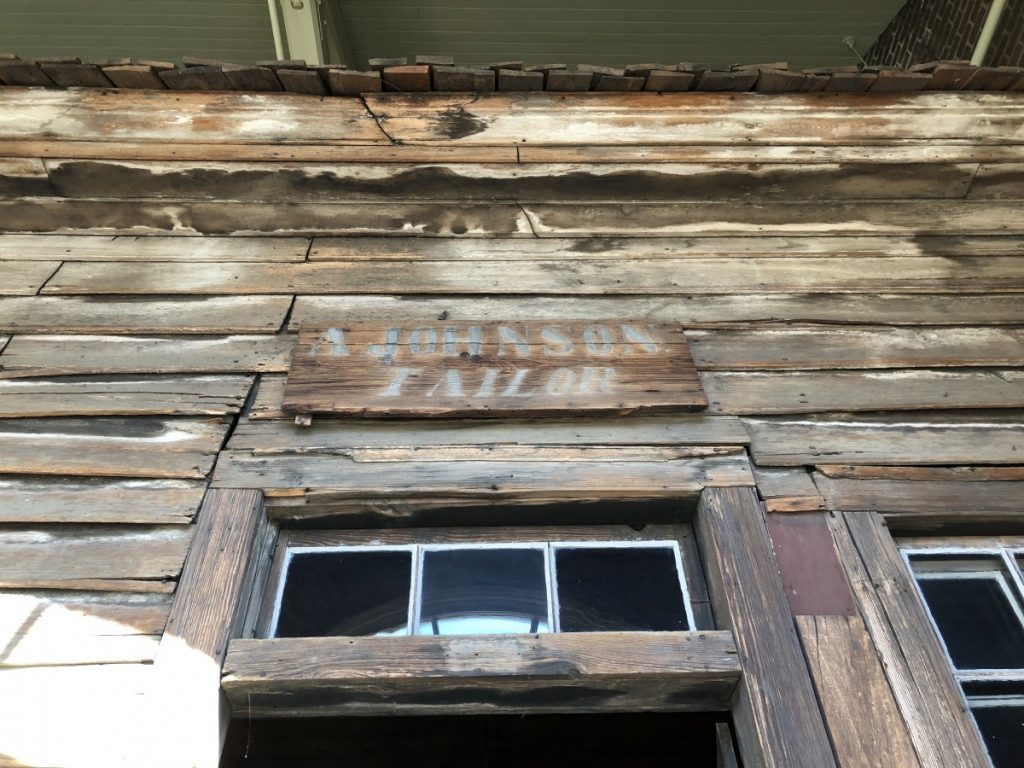
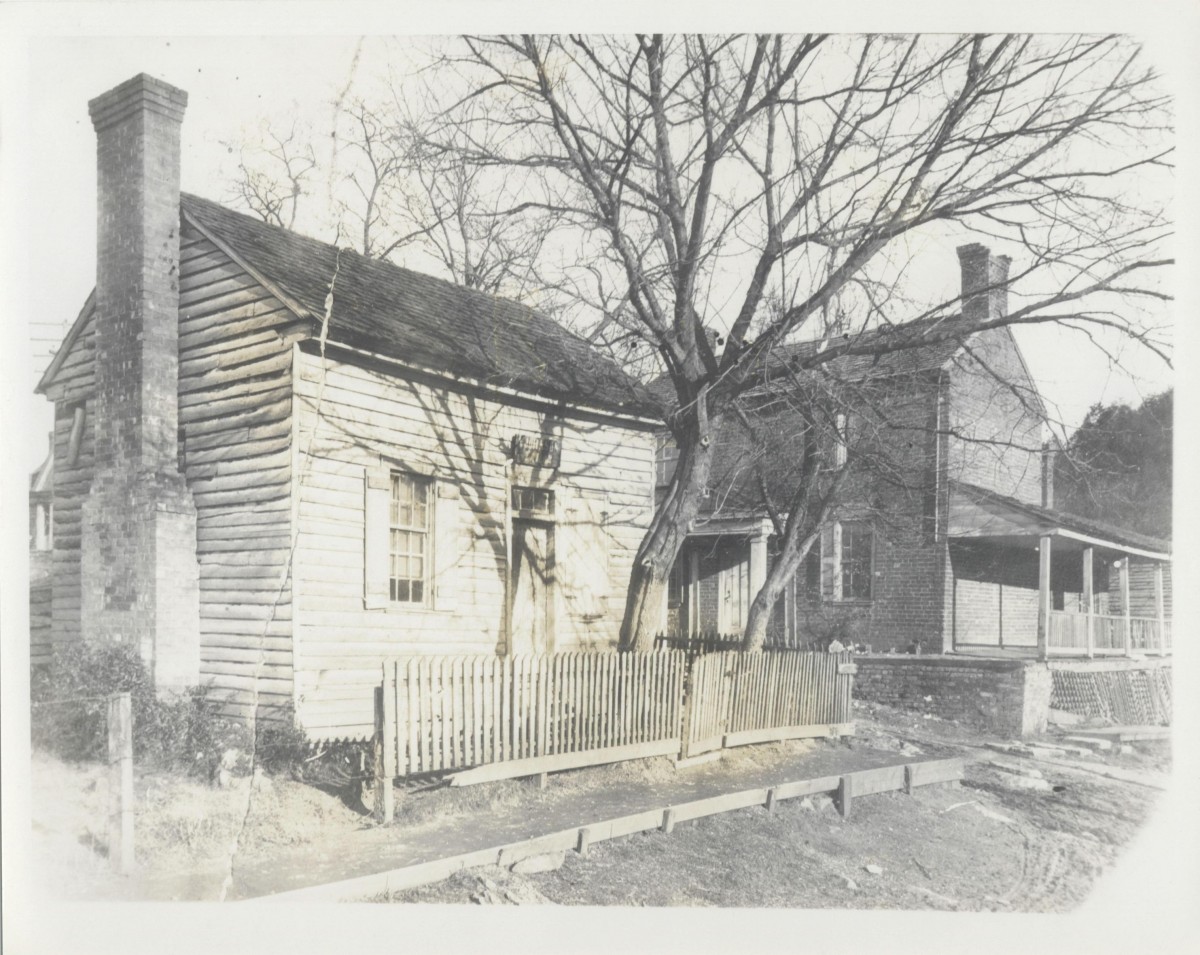
You must be logged in to post a comment.